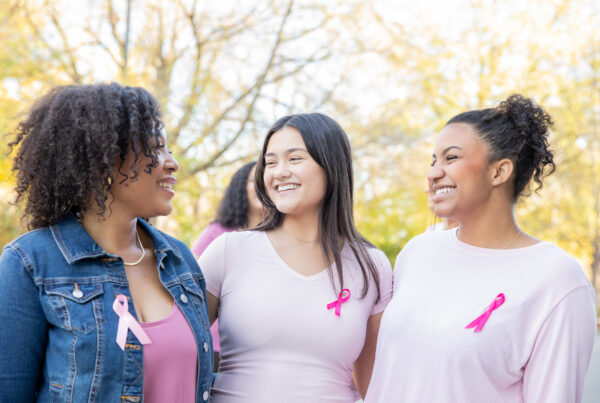By Megan Ng

Image from Pexels
When we think of eating behaviors and sports, many of us may assume that issues arising in that realm are exclusive to female athletes. However, male athletes are equally as vulnerable to irregular eating behaviors. As such, Relative Energy Deficiency in Sport (RED-S) has been used instead of the term “Female Athlete Triad” to include the growing population of male athletes who are experiencing health complications from undereating.
What is RED-S?
RED-S is defined as a condition of energy imbalance. This means that an athlete is not eating enough for their physical performance needs. The centerpiece of RED-S is Low Energy Availability (LEA) which has impaired the function of other body processes (Schneider, 2022). Athletes go through vigorous training and practices that require a lot of energy from the body. When the body isn’t receiving enough energy, the body must prioritize and sacrifice certain functions.
This can affect how the body manages: (Schneider, 2022)
- Tissue repair
- Reformation of bone
- Production of hormones
Low energy availability does not discriminate by gender. Male and female athletes are at equal risk, but some sports are more susceptible than others. Populations of male athletes at increased risk for LEA and resulting health consequences of RED-S include cyclists, rowers, runners, jockeys, and athletes in weight-class combat sports (Mountjoy et al., 2018); (Lane, et al., 2021).
RED-S in Male Athletes
While a big indicator of RED-S in female athletes involves skipped menstruation, the warning signs may be more subtle in male athletes (Burke et al., 2018).
Other signs of RED-S include:
-
- Recurring illness or injury
- Mood changes and disrupted sleep
- Excess fatigue
- Problematic relationship with food or training
- Changes in hormone balance
- Low bone density and increased fractures
- Performance plateau or deterioration
Something important to note is that RED-S does not always present with low body weight, contrary to what many may think. The body can adapt to conserve metabolism and energy with low energy availability (Burke et al., 2018). Physical looks do not indicate if someone has RED-S.
Summary
Factors that contribute to LEA in male athletes are varied and often unique to the sport. The study of RED-S is still expanding, especially in the male athlete population. The best way to go about identifying and preventing RED-S from impacting performance and health is to work with a licensed health and nutrition professional. This often requires a feeding and meal protocol that best fits the needs of the athlete and performance goals in the sport.
References
Burke, L. M., Close, G. L., Lundy, B., Mooses, M., Morton, J. P., & Tenforde, A. S. (2018). Relative Energy Deficiency in Sport in Male Athletes: A Commentary on Its Presentation Among Selected Groups of Male Athletes. International journal of sport nutrition and exercise metabolism, 28(4), 364–374. https://doi.org/10.1123/ijsnem.2018-0182
Lane, A. R., Hackney, A. C., Smith-Ryan, A. E., Kucera, K., Register-Mihalik, J. K., & Ondrak, K. (2021). Energy Availability and RED-S Risk Factors in Competitive, Non-elite Male Endurance Athletes. Translational medicine and exercise prescription, 1(1), 25–32.
Mountjoy, M., Sundgot-Borgen, J., Burke, L., Ackerman, K. E., Blauwet, C., Constantini, N., Lebrun, C., Lundy, B., Melin, A., Meyer, N., Sherman, R., Tenforde, A. S., Torstveit, M. K., & Budgett, R. (2018). International Olympic Committee (IOC) consensus statement on Relative Energy Deficiency in sport (red-S): 2018 update. International Journal of Sport Nutrition and Exercise Metabolism, 28(4), 316–331. https://doi.org/10.1123/ijsnem.2018-0136
Schneider, L. (2022). Understanding Relative Energy Deficiency in Sport (RED-S): Definition and Causes. UT Health Austin. Retrieved from https://uthealthaustin.org/blog/relative-energy-deficiency-sport
Megan Ng is a Graduate Student in Food Science and Human Nutrition at the University of Illinois at Urbana Champaign












